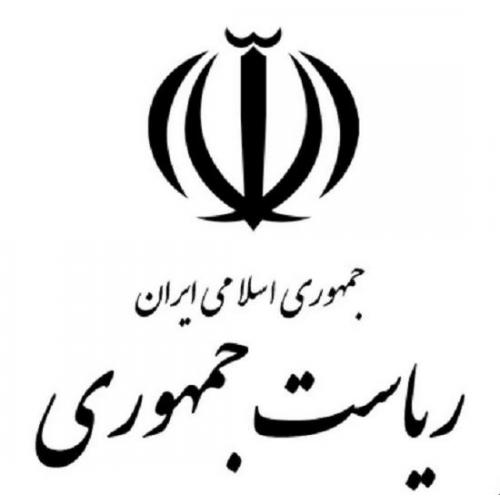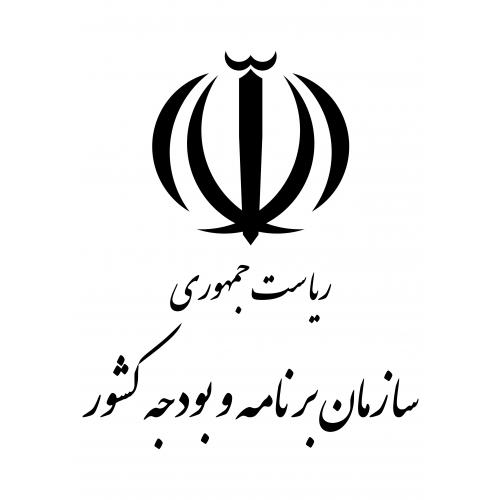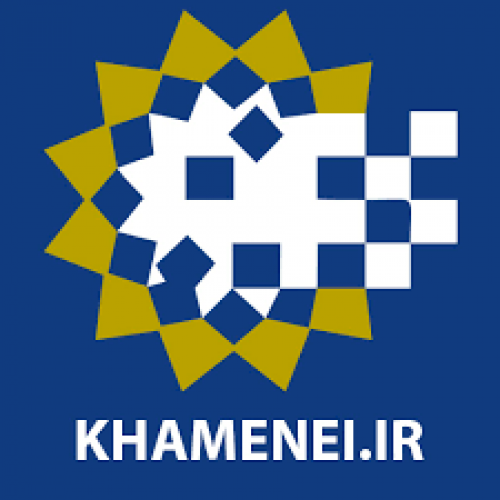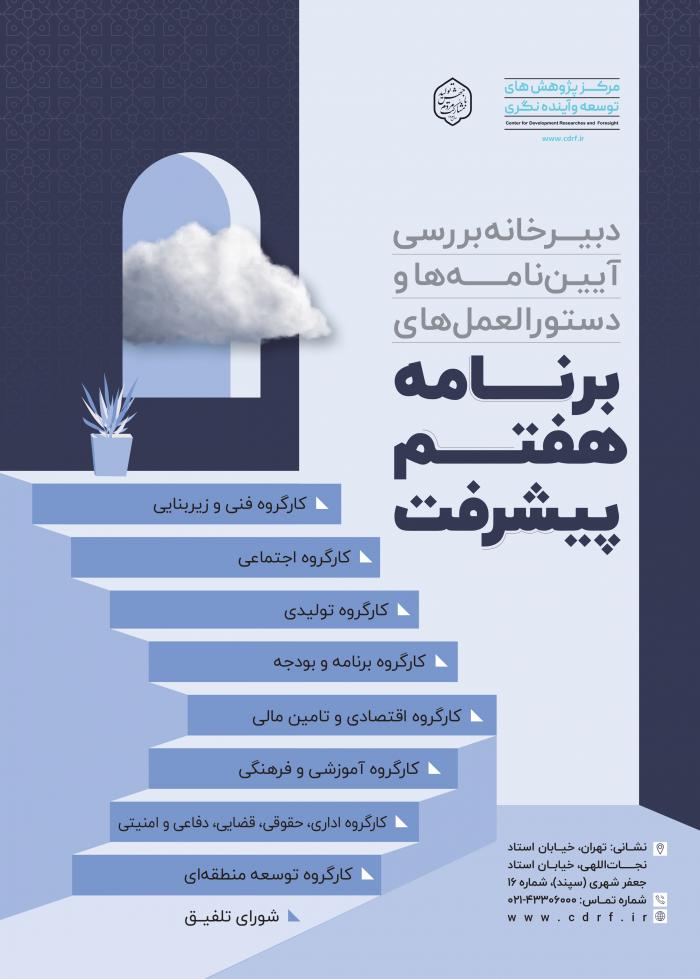
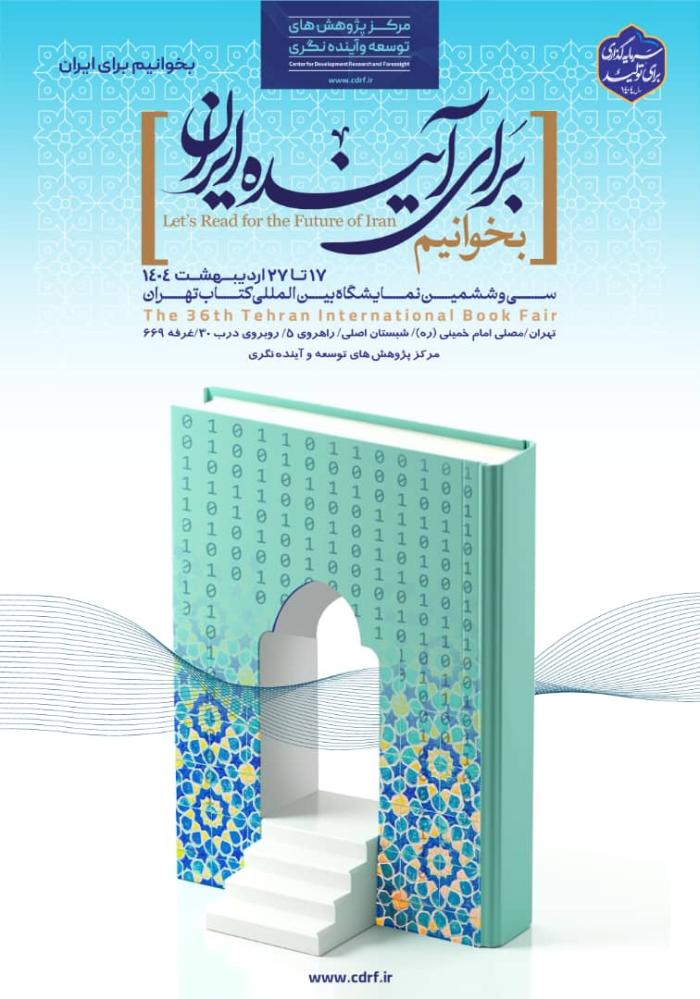
-
بررسی آییننامهها و دستورالعملهای برنامه هفتم پیشرفت
-
بررسی عوامل موثر بر افزایش تصادفات و تلفات جادهای و سوانح رانندگی و دادهکاوی تلفات انسانی
-
سازماندهی و بازآرایی فضایی آموزش عالی کشور
-
به روز رسانی سند ملی آمایش سرزمین
-
انجام مطالعات مناطق آزاد به عنوان نواحی پیشران اقتصادی کشور
-
اصلاح ساختار بودجه و پیاده سازی نظام یکپارچه مدیریت اطلاعات مالی دولت (IFMIS)
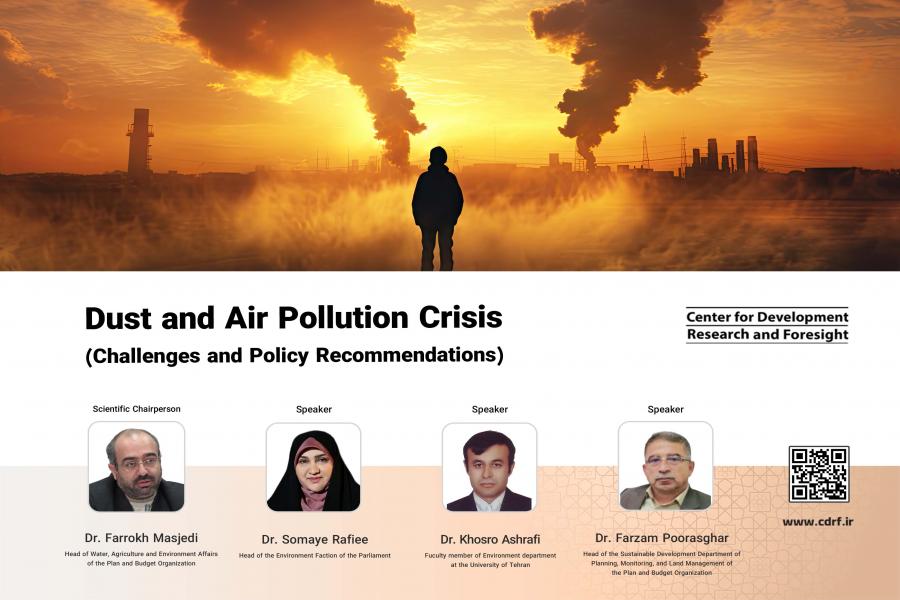
The phenomenon of airborne dust particles as pollutants has detrimental implications for regions exposed to it. The challenges posed by dust and sandstorms are manifold, including weak environmental diplomacy in addressing transboundary environmental risks, overlapping responsibilities of government agencies, the growth of domestic dust emission sources influenced by deficiencies in water resource management, a lack of understanding of the interconnectedness of gradual disasters such as drought, desertification, land degradation, and dust storms, and the adoption of reactive rather than proactive approaches.
The absence of precise and measurable targets for air quality management in line with the latest scientific findings, limited access to data and information, and the lack of standards and a specific timeline in air quality monitoring exacerbate these challenges.
The following points and recommendations from the scientific conference of the Center for Development Research and Foresight, entitled “Dust and Air Pollution Crisis,” are essential to consider:
- Enhancing environmental diplomacy should be a strategic priority, with a focus on addressing regional programs with neighboring countries that pose environmental risks to Iran on the international stage.
- An executive plan with precise quantitative objectives should be formulated within short-term, medium-term, and long-term frameworks to improve air quality.
- Calibrating air pollution measurement stations should be prioritized to establish an optimal national air quality monitoring network. It is important to note that American “US-EPA” standards are fundamentally flawed in Iran’s ecosystem context.
- The Clean Air Law should be fully implemented after amendments and updates. This law holds government agencies accountable for air pollution.
- Addressing the dust and sandstorm phenomenon requires a collective effort involving all relevant ministries.
- Serious warnings from relevant national and international organizations should be heeded.
- The Environmental Protection Organization should be strengthened both scientifically and financially. It should distance itself from political and partisan matters and progress towards becoming a specialized national organization.
- Data infrastructure (monitoring information, pollution records, air quality modeling, and control strategies) should be completed with the assistance of the country’s universities and executive experts.
To mitigate the adverse effects of the dust and sandstorm phenomenon, it is emphasized that the capacities of international organizations such as UNDP, FAO, WHO, WB, ESCAP, UNISDR, IAEM, ADPC, ECO, JICA, and GFDRR should be utilized.

